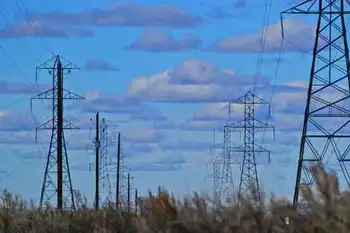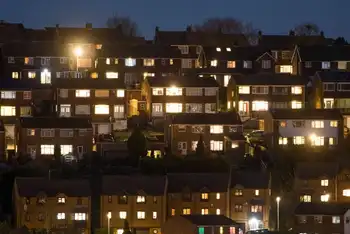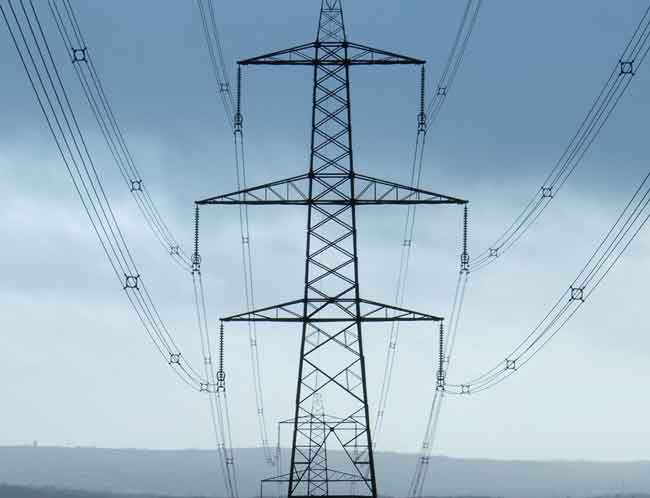One million lose power in California storm
By Associated Press
CSA Z463 Electrical Maintenance -
Our customized live online or in‑person group training can be delivered to your staff at your location.

- Live Online
- 6 hours Instructor-led
- Group Training Available
Flights were grounded and highways closed in Northern California as gusts reached 80 mph during the second wave of an arctic storm that sent trees crashing onto houses, cars and roads. Forecasters expected the storm to dump as much as 10 feet of snow in the Sierra Nevada.
Highways from Sacramento to San Francisco were closed because of debris or toppled big rigs blocking lanes, and local roads were flooded. Interstate 80 was closed in the Sierra, the main link between Northern California and Nevada.
"A huge tree, over 100 years old, just fell across the house. It just wrecked the whole thing," said Faye Reed, whose daughter Teenia owns the damaged home north of Sacramento. "They won't be able to live in it. The whole ceiling fell in, and now it's raining inside."
More than a million people from the Bay Area to the Central Valley were in the dark. Crews worked to restore power, but it could be days before all the lights are on, said Pacific Gas & Electric spokeswoman Darlene Chiu.
In Southern California, authorities in Orange County ordered an estimated 3,000 residents to evacuate homes in four canyons scarred by wildfires and therefore prone to mudslides.
"It's too late once the rain starts. These areas are extremely vulnerable. You're risking your life and your family's life fundamentally" by ignoring orders, said Steve Sellers of the governor's Office of Emergency Services.
Flash flood warnings were issued in canyon burn areas in Malibu and in Santa Barbara and Ventura counties. Riverside and San Bernardino counties, east of Los Angeles, deployed swift-water rescue teams as a precaution.
The state opened its emergency operations center to coordinate storm response, and Gov. Arnold Schwarzenegger said he had spoken with Homeland Security Secretary Michael Chertoff by phone.
"Preparation is really the heart of this whole thing," Schwarzenegger said after touring the state emergency operation center at the Los Alamitos Joint Training Base.
Homeowners in Southern California stacked sandbags and hay bales around their homes while residents in the low-lying areas of the Central Valley piled sandbags to barricade their homes from streams that forecasters warned might swell.
After looking for a missing Clovis family all afternoon, search teams found 64-year-old John Hopper and his 15-year-old twins, Matt and Sarah, safe in a popular hiking destination in the Sierra National Forest.
Crews found the family with three other people who had apparently gotten trapped in the woods after the storm hit, said Madera County Sheriff's spokeswoman Erica Stuart. All six hikers were in good condition. Travelers' flight plans were put on hold throughout Northern California when airlines delayed or canceled flights. The state Legislature in Sacramento closed offices and sent employees home early.
A wind gust of 125 mph was recorded in the Sierra on Friday afternoon, the National Weather Service said.
The huge storm also toppled trees and cut power to thousands of residents in Washington and Oregon.
Meanwhile, a freeze in the East subsided. Florida's citrus growers weathered the cold largely unscathed, but strawberry and tomato growers watched as some of their crops shriveled.
A serious freeze would have devastated Florida's citrus trees, already struggling from years of diseases and hurricanes.
At Bill Baggs Cape Florida State Park in Key Biscayne, iguanas fell out of trees. The cold-blooded reptiles go into a sort of hibernation when temperatures get too low, even if they are perched in branches. Most woke up when the weather warmed later in the day.











